25 December 2024
Have you ever wobbled your way through a yoga class, trying to hold a pose without toppling over? You’re not alone! Balance isn’t just a key to looking graceful in a yoga session; it’s an essential part of building strength, stability, and even mental focus. Whether you're a beginner or a seasoned yogi, mastering the art of balance in yoga can be a game-changer for your practice—and for your daily life.
In this article, we’ll dive deep into yoga poses for stability and strength, breaking down exactly why balance is so important and how you can improve it through targeted poses. Ready to stand tall and feel strong? Let’s go!
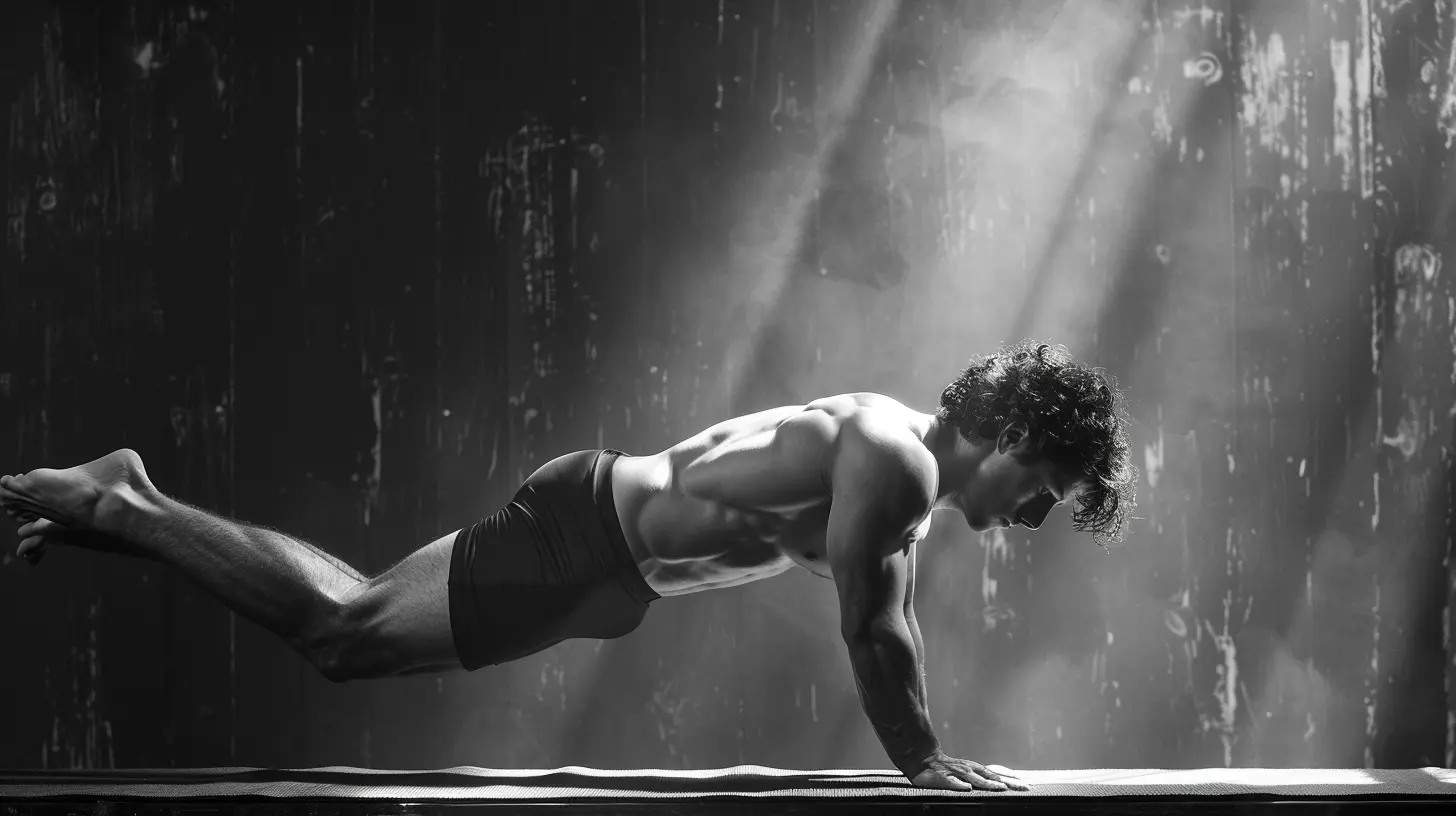
Why Balance Matters in Yoga (and Life)
Before we jump into the poses, let’s talk about why balance is so important. Sure, it’s great for nailing those Instagram-worthy poses, but the benefits go far beyond that.Physical Benefits of Balance
1. Strengthens Core Muscles: Many balancing poses engage your core muscles, which are essential for stabilizing your entire body. A strong core doesn’t just look good; it also helps prevent injuries and improves posture.2. Improves Coordination: Balance training forces your brain to communicate more effectively with your muscles. This enhances your coordination, which is useful whether you're walking on uneven terrain or simply trying to catch a falling object.
3. Increases Body Awareness: When you’re balancing, you’re hyper-aware of what your body is doing in space. This "proprioception" is crucial for moving efficiently and avoiding injuries.
4. Builds Muscle Strength: Balancing poses aren't just about standing on one foot. They help to engage and strengthen muscles all over your body, especially around your ankles, knees, hips, and shoulders.
Mental Benefits of Balance
Balance isn’t just physical—there’s a mental component too:1. Improves Focus: Holding a balance pose requires concentration. This type of mindfulness can help sharpen your focus and improve your mental clarity, both on and off the mat.
2. Reduces Stress: Balancing poses require you to be present. When you're focusing on staying upright, it’s harder to worry about that email or upcoming deadline. The mental stillness that comes with balance can be incredibly calming.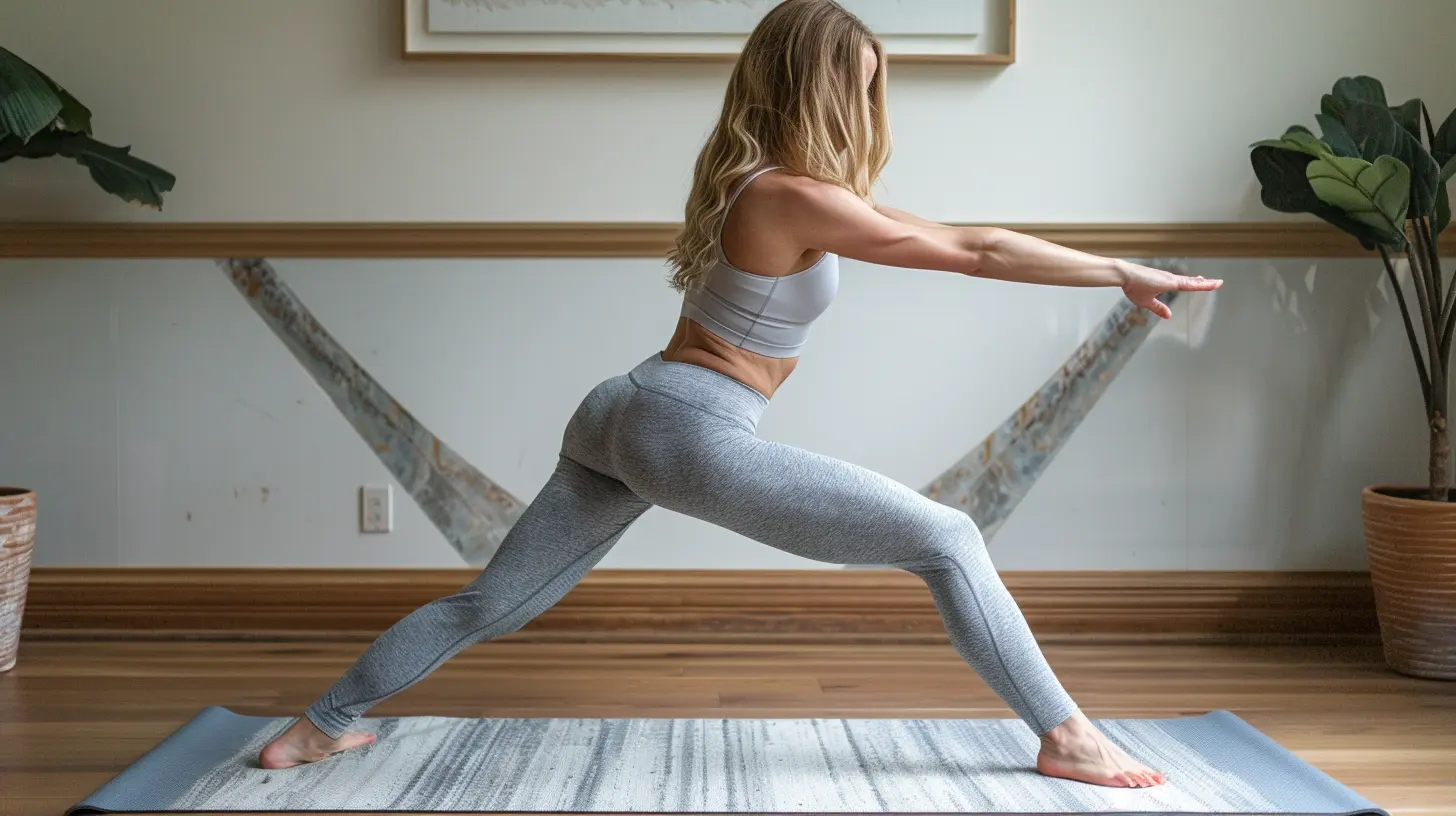
Tips for Improving Balance in Yoga
Before we get into the poses, here are some tips to help you improve your balance in yoga:1. Start with Your Foundation: Always check your footing before you begin a balance pose. Spread your toes and press evenly through your feet to create a stable base.
2. Engage Your Core: Your core is your center of gravity. By engaging these muscles, you’ll find it easier to stabilize your body in balancing poses.
3. Focus Your Gaze: In yoga, this is called your "drishti." Find a fixed point to focus on while you hold a balancing pose. This helps to calm your mind and improve your stability.
4. Breathe: Don’t hold your breath! Deep, steady breathing helps to calm your mind and body, making it easier to balance.
5. Practice Makes Perfect: You’re not going to master these poses overnight. Be patient, and keep practicing. The more you work on your balance, the better it will get.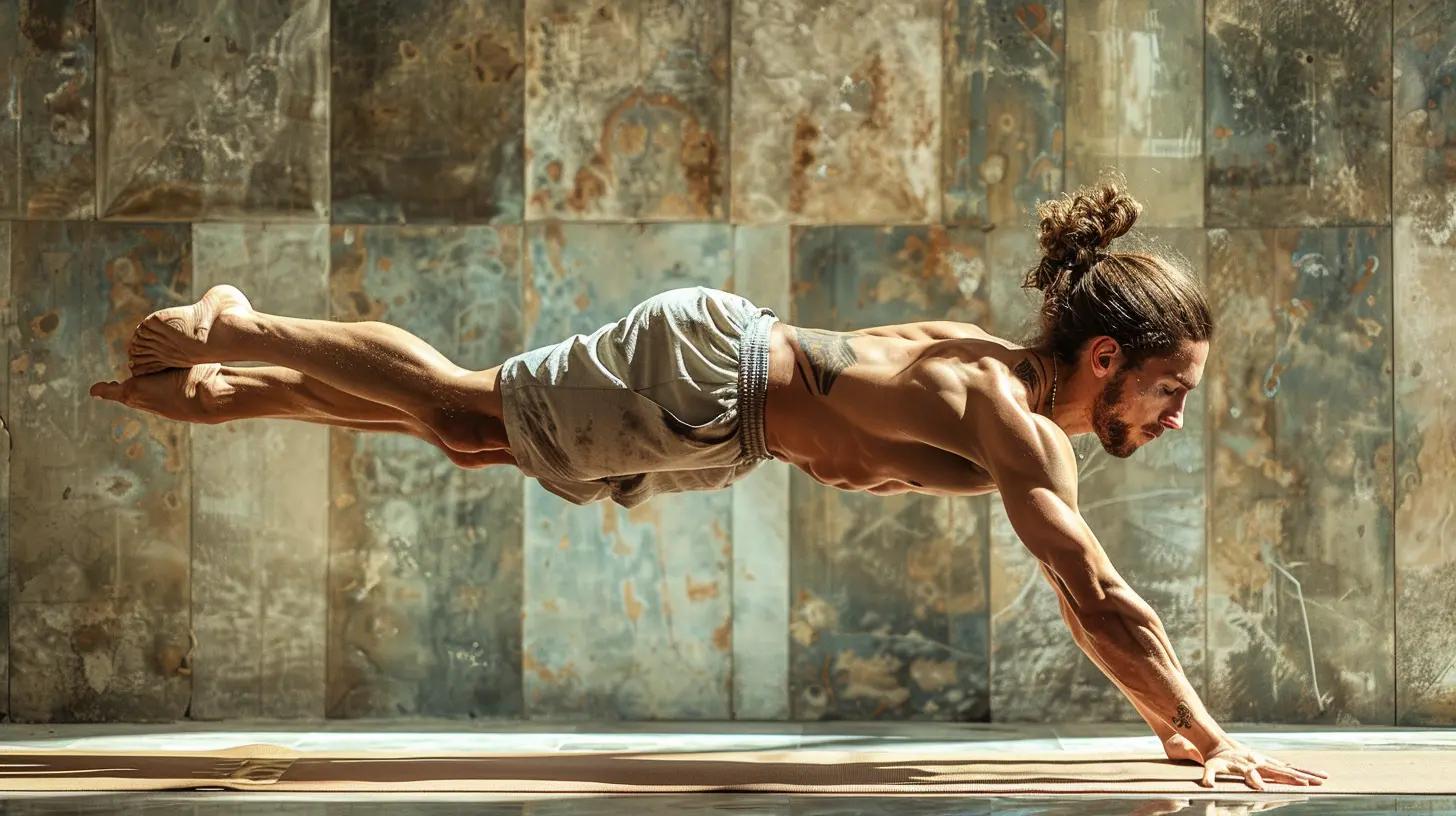
Yoga Poses for Stability and Strength
Now, let’s get into the good stuff: the yoga poses! Below are some of the best balancing poses that will help you build both stability and strength.1. Tree Pose (Vrksasana)
Tree Pose is one of the most iconic balancing poses in yoga. It looks simple, but it requires a lot of focus and strength.How to Do It:
- Begin in Mountain Pose (Tadasana), standing tall with your feet hip-width apart.- Shift your weight onto your left foot.
- Bend your right knee and place the sole of your right foot on your left inner thigh (or lower down on your calf if that’s more comfortable).
- Press your foot into your thigh and your thigh into your foot.
- Bring your palms together in front of your chest, or extend them overhead to challenge your balance.
- Hold for 5-10 breaths, then switch sides.
Benefits:
- Strengthens: Ankles, calves, thighs, and core.- Improves: Focus, stability, and balance.
2. Warrior III (Virabhadrasana III)
Warrior III is a fantastic pose for building strength in your legs and core. Plus, it challenges your balance in a big way.How to Do It:
- Start in Warrior I (Virabhadrasana I), with your right foot forward and your arms extended overhead.- Shift your weight onto your right foot and lift your left leg behind you, keeping it straight.
- Hinge your torso forward so that your body forms a "T" shape with your arms extended in front of you and your left leg reaching back.
- Keep your gaze on a fixed point for balance.
- Hold for 5-10 breaths, then switch sides.
Benefits:
- Strengthens: Legs, glutes, back, and core.- Improves: Balance, stability, and mental focus.
3. Half Moon Pose (Ardha Chandrasana)
Half Moon Pose is a challenging balance pose that also opens up your hips and strengthens your legs.How to Do It:
- Start in Warrior II with your right foot forward.- Place your right hand on the floor or a block about a foot in front of your right foot.
- Shift your weight onto your right foot and lift your left leg parallel to the floor.
- Extend your left arm toward the ceiling and open your chest to the side.
- Keep your gaze forward or up toward your left hand.
- Hold for 5-10 breaths, then switch sides.
Benefits:
- Strengthens: Legs, glutes, and core.- Improves: Balance, coordination, and flexibility.
4. Eagle Pose (Garudasana)
Eagle Pose is a great way to test your balance while improving flexibility in your shoulders and hips.How to Do It:
- Start in Mountain Pose.- Bend your knees slightly, then lift your right leg and cross it over your left thigh.
- Hook your right foot around your left calf.
- Bring your arms out in front of you and cross your right arm under your left, then bend your elbows and press your palms together.
- Sink into your legs and hold for 5-10 breaths, then switch sides.
Benefits:
- Strengthens: Legs, glutes, and core.- Improves: Balance, focus, and flexibility.
5. Crow Pose (Bakasana)
Crow Pose is one of the most popular arm balances in yoga. It requires both strength and balance, making it a great pose to challenge yourself.How to Do It:
- Start in a squat position with your feet hip-width apart.- Place your hands on the floor in front of you, shoulder-width apart.
- Bend your elbows and lift your hips.
- Try to balance your knees on the backs of your upper arms.
- Shift your weight forward and gradually lift your feet off the ground.
- Hold for a few breaths, then slowly lower your feet back down.
Benefits:
- Strengthens: Arms, shoulders, core, and wrists.- Improves: Balance, focus, and mental clarity.
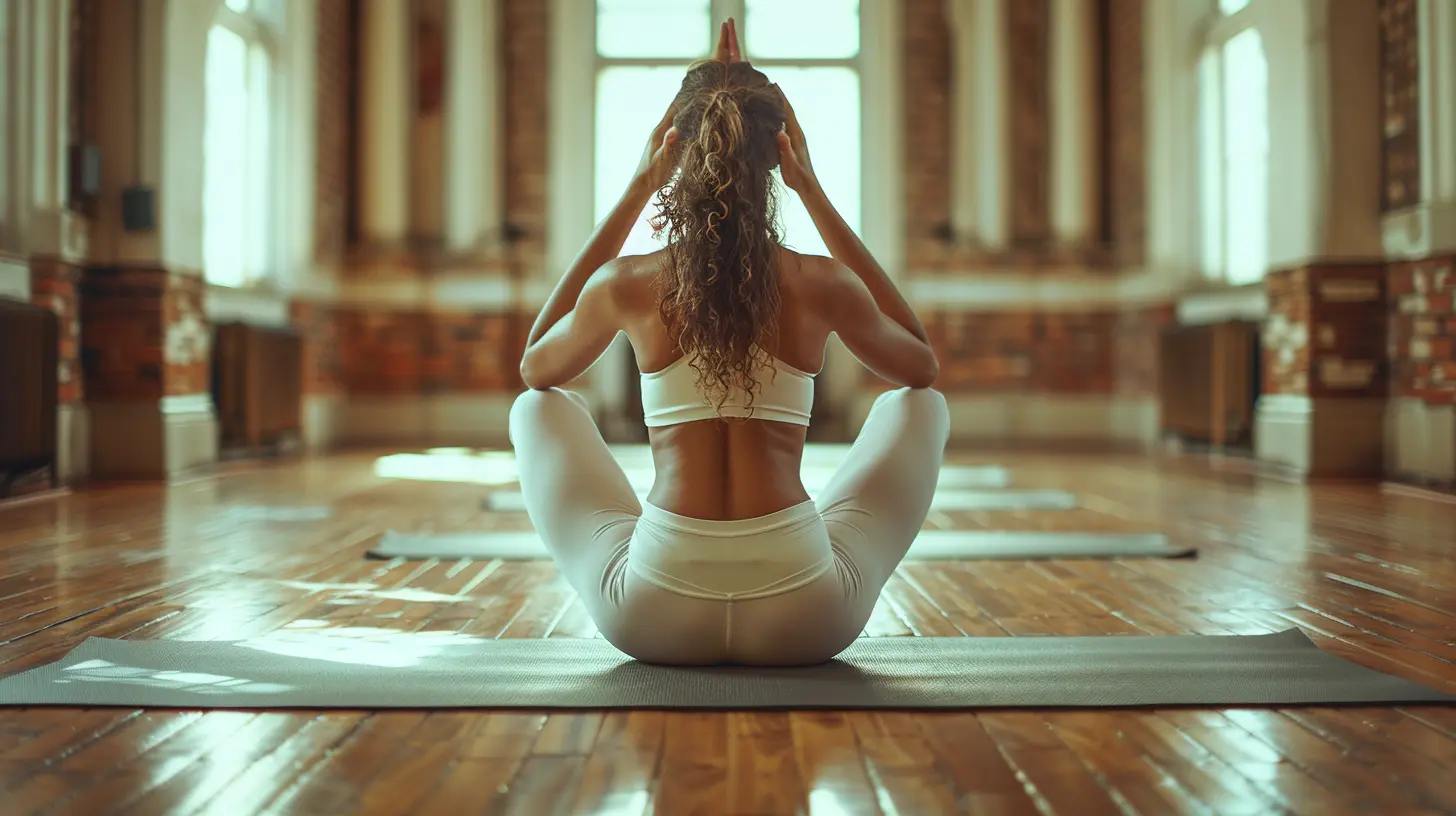
Common Mistakes in Balancing Poses (and How to Fix Them)
Balancing poses can be tricky, and it’s easy to make mistakes. Here are some common issues and how to fix them:1. Not Engaging the Core: If you’re wobbling all over the place, check to see if your core muscles are engaged. Without a strong core, you’ll find it difficult to stabilize your body.
2. Looking Around the Room: Your gaze is key to your balance. If you’re looking all over the place, it’s going to be much harder to stay steady. Focus on one fixed point.
3. Holding Your Breath: Remember to breathe! Holding your breath can make you tense, which actually makes it harder to balance.
4. Losing Your Foundation: If your feet or hands aren’t firmly grounded, you’re going to struggle. Make sure your foundation is solid before attempting any balance pose.
Wrapping It Up
Mastering balance in yoga takes time, patience, and practice—but the rewards are well worth the effort. Whether you’re looking to build physical strength, sharpen your mental focus, or simply feel more stable in your daily life, incorporating these balancing poses into your practice can make a world of difference.Remember, it’s not about being perfect. You’ll wobble, you’ll fall, and that’s okay! The important thing is to keep coming back to the mat, ready to try again.
So, are you ready to master the art of balance? Grab your mat, find your focus, and let’s get started!


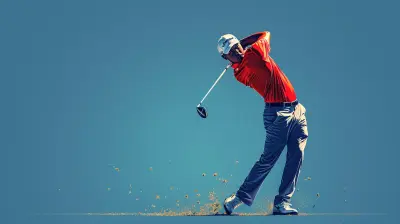


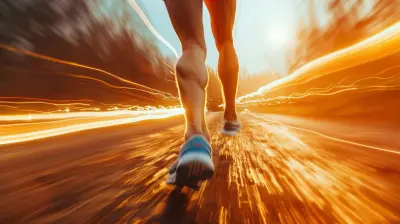
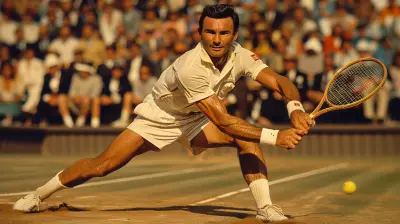






Xena Lamb
Great article! Integrating yoga poses into athletic training can significantly enhance stability and strength. It's important for athletes to explore diverse methods for improving performance, and yoga offers a holistic approach that benefits both body and mind.
February 6, 2025 at 4:38 AM